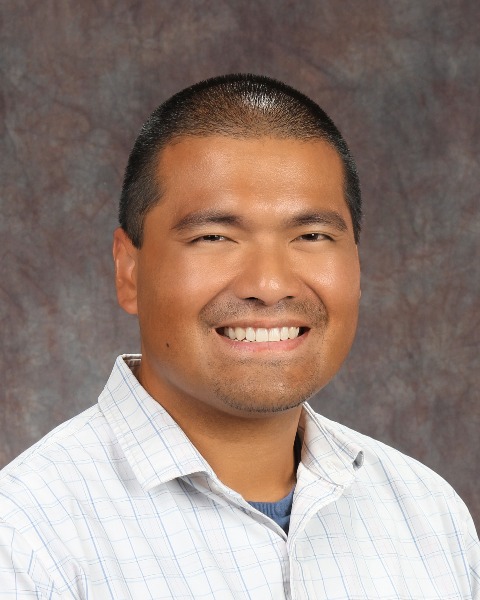Advocacy Project
Program: Council on Adolescents and Young Adults
O2037: Improving Educational Barriers for Unaccompanied Unhoused Youth through Collaboration
Saturday, September 28, 2024
3:30 PM - 3:40 PM EDT
Location: Hyatt Regency Orlando, Celebration 1-2
Background: In the United States, unaccompanied homelessness affects up to 1 in 30 adolescents with Nevada having the highest rate of unhoused unaccompanied youth. While pediatricians and adolescent specialists tend to focus on the increased risk of mental illness, substance use, STIs, victimization, and juvenile justice system involvement, less attention is given to education. Many unaccompanied unhoused youth have educational and career aspirations but face difficult challenges obtaining guidance and support, particularly as shelters and other youth services often lack resources on higher education access. To address educational barriers for unaccompanied unhoused youth, we formed a collaborative with regional and state agencies to help empower youth toward pursuing their educational goals.
Project Description: Our primary aims were to: (1) identify unaccompanied unhoused youth aspiring to higher education, (2) improve access to essential information and resources, and (3) provide adult mentorship and support. To achieve these objectives, our inner city academic center, which offers weekly on-site clinical services at a local homeless youth residential shelter, partnered with a regional social services organization and representatives from the state Department of Education to create and disseminate resources. The social services agency provides case management services at the youth shelter, and Department of Education coordinators helped to provide critical insight into state and federal regulations and programs. Recognizing the diverse ways youth prefer to engage and varying degrees of literacy, we distributed flyers around the youth shelter, posted on social media, and delivered live workshops to improve access to information such as educational rights, applying for financial aid, and finding mentorship.
Discussion: Nearly 40% (n=46 out of 117) of youth shelter clients accessed our resources, suggesting that there is a significant cohort of unhoused youth interested in higher education. Client comments help to illustrate the successes of the program: “I had no idea where to start”; “I didn’t know what a FAFSA was”; “I wish I knew this earlier”. In addition to improving access to information for this cohort, case management helped to establish a mentorship and support network, maintaining relationships and ensuring follow-up. Clients continued to seek advice and offered their updates, and we helped to provide guidance and assistance such as professional letters supporting applications to colleges or for financial aid.
Conclusion: Taken together, our experience points toward a knowledge gap for unaccompanied unhoused youth with higher education goals which can be improved through community and academic partnerships. However, further advocacy is needed to ensure unaccompanied unhoused youth have equitable access to education. Future directions include developing a toolkit for other organizations that address youth homelessness and a study of barriers to successful acceptance to and matriculation at higher education institutions and career outcomes.
Project Description: Our primary aims were to: (1) identify unaccompanied unhoused youth aspiring to higher education, (2) improve access to essential information and resources, and (3) provide adult mentorship and support. To achieve these objectives, our inner city academic center, which offers weekly on-site clinical services at a local homeless youth residential shelter, partnered with a regional social services organization and representatives from the state Department of Education to create and disseminate resources. The social services agency provides case management services at the youth shelter, and Department of Education coordinators helped to provide critical insight into state and federal regulations and programs. Recognizing the diverse ways youth prefer to engage and varying degrees of literacy, we distributed flyers around the youth shelter, posted on social media, and delivered live workshops to improve access to information such as educational rights, applying for financial aid, and finding mentorship.
Discussion: Nearly 40% (n=46 out of 117) of youth shelter clients accessed our resources, suggesting that there is a significant cohort of unhoused youth interested in higher education. Client comments help to illustrate the successes of the program: “I had no idea where to start”; “I didn’t know what a FAFSA was”; “I wish I knew this earlier”. In addition to improving access to information for this cohort, case management helped to establish a mentorship and support network, maintaining relationships and ensuring follow-up. Clients continued to seek advice and offered their updates, and we helped to provide guidance and assistance such as professional letters supporting applications to colleges or for financial aid.
Conclusion: Taken together, our experience points toward a knowledge gap for unaccompanied unhoused youth with higher education goals which can be improved through community and academic partnerships. However, further advocacy is needed to ensure unaccompanied unhoused youth have equitable access to education. Future directions include developing a toolkit for other organizations that address youth homelessness and a study of barriers to successful acceptance to and matriculation at higher education institutions and career outcomes.

Julpohng Vilai, MD (he/him/his)
Clinical Educator Faculty
Roseman University College of Medicine
Roseman University College of Medicine
Las Vegas, Nevada

